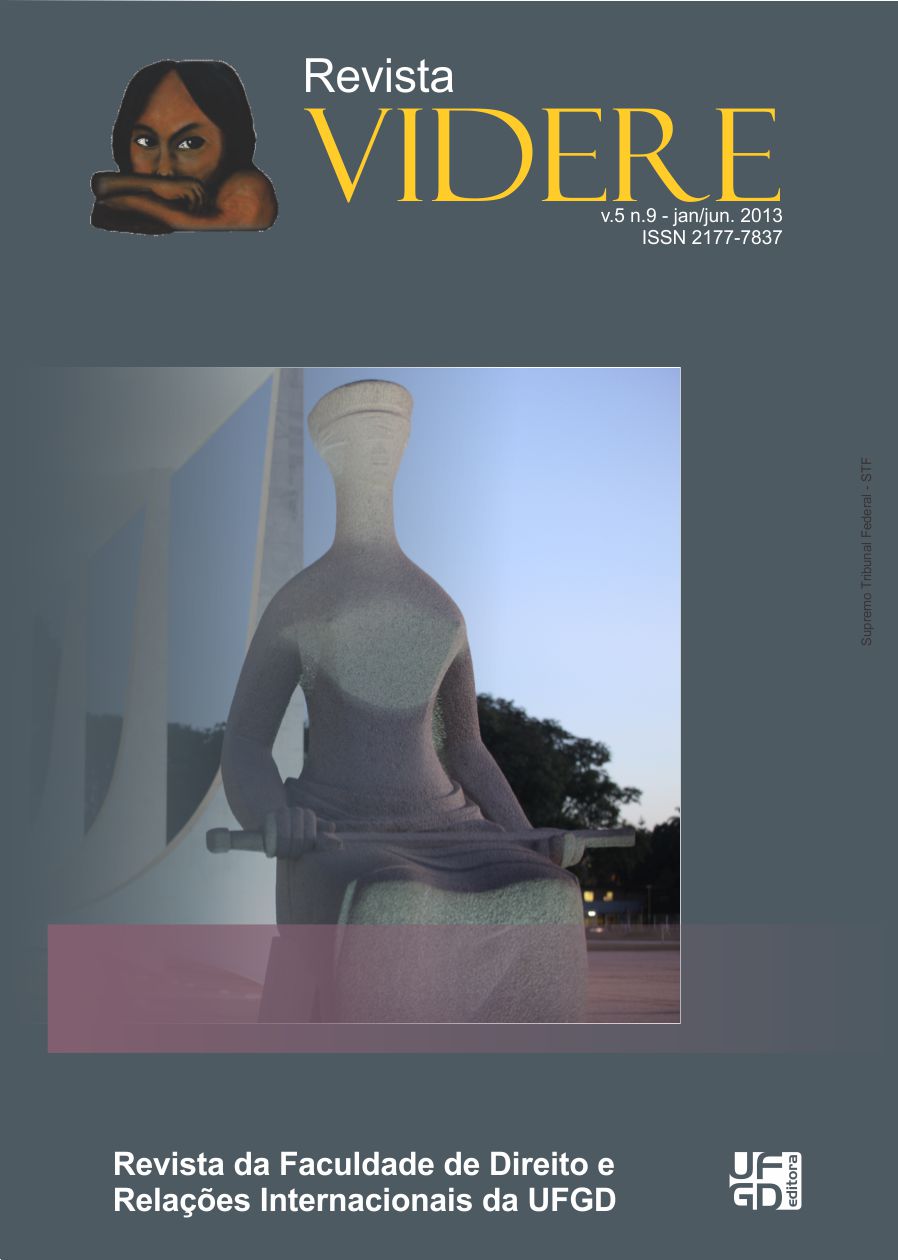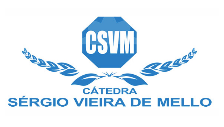Moeda única no Mercosul: esse passo é possível?
Keywords:
Harmonização macroeconômica. Assimetria. União monetária.Abstract
As tentativas de união entre os países da América do Sul remontam desde o momento em que começaram sua independência dos países ibéricos, Espanha e Portugal. Essa idéia continuou no século passado especificamente na segunda metade que a pesar do regime ditatorial reinante em toda América do Sul, existiam tentativas como ALALC/ALADI (Associação latino-americana de livre comércio/Associação latino-americana de integração), mas devido à desconfiança mútua entre os dois maiores países da região, Brasil e Argentina, estas idéias não passaram de mera retórica. Quando na região imperou o regime democrático houve a percepção que com a união teriam muito a ganhar, do que separados e, nesse contexto surgiu o Mercosul mediante o Tratado de Assunção em 1991. O objetivo proposto é a de chegar ao Mercado Comum com livre mobilidade de bens, dos fatores de produção e da mão-de-obra, para que esta união seja mais firme ainda existe a discussão da implementação de uma moeda única no longo prazo. Para se chegar a este estágio existe a necessidade de uma harmonização macroeconômica entre os países integrantes, já que existem muita assimetria entre eles.Downloads
Downloads
Published
How to Cite
Issue
Section
License
Authors must accept the publication rules when submitting the journal, as well as agree to the following terms:
(a) The Editorial Board reserves the right to make changes to the Portuguese language in the originals to maintain the cultured standard of the language, while respecting the style of the authors.
(b) Authors retain the copyright and grant the journal the right to first publication, with the work simultaneously licensed under the Attribution-NonCommercial-ShareAlike 3.0 Brazil (CC BY-NC-SA 3.0 BR) that allows: Share - copy and redistribute the material in any medium or format and Adapt - remix, transform, and create from the material. CC BY-NC-SA 3.0 BR considers the following terms:
- Attribution - You must give the appropriate credit, provide a link to the license and indicate whether changes have been made. You must do so under any reasonable circumstances, but in no way that would suggest that the licensor supports you or your use.
- NonCommercial - You may not use the material for commercial purposes.
- Sharing - If you remix, transform, or create from material, you must distribute your contributions under the same license as the original.
- No additional restrictions - You may not apply legal terms or technological measures that legally restrict others from doing anything that the license permits.
(c) After publication, authors are allowed and encouraged to publish and distribute their work online - in institutional repositories, personal page, social network or other scientific dissemination sites, as long as the publication is not for commercial purposes.



















